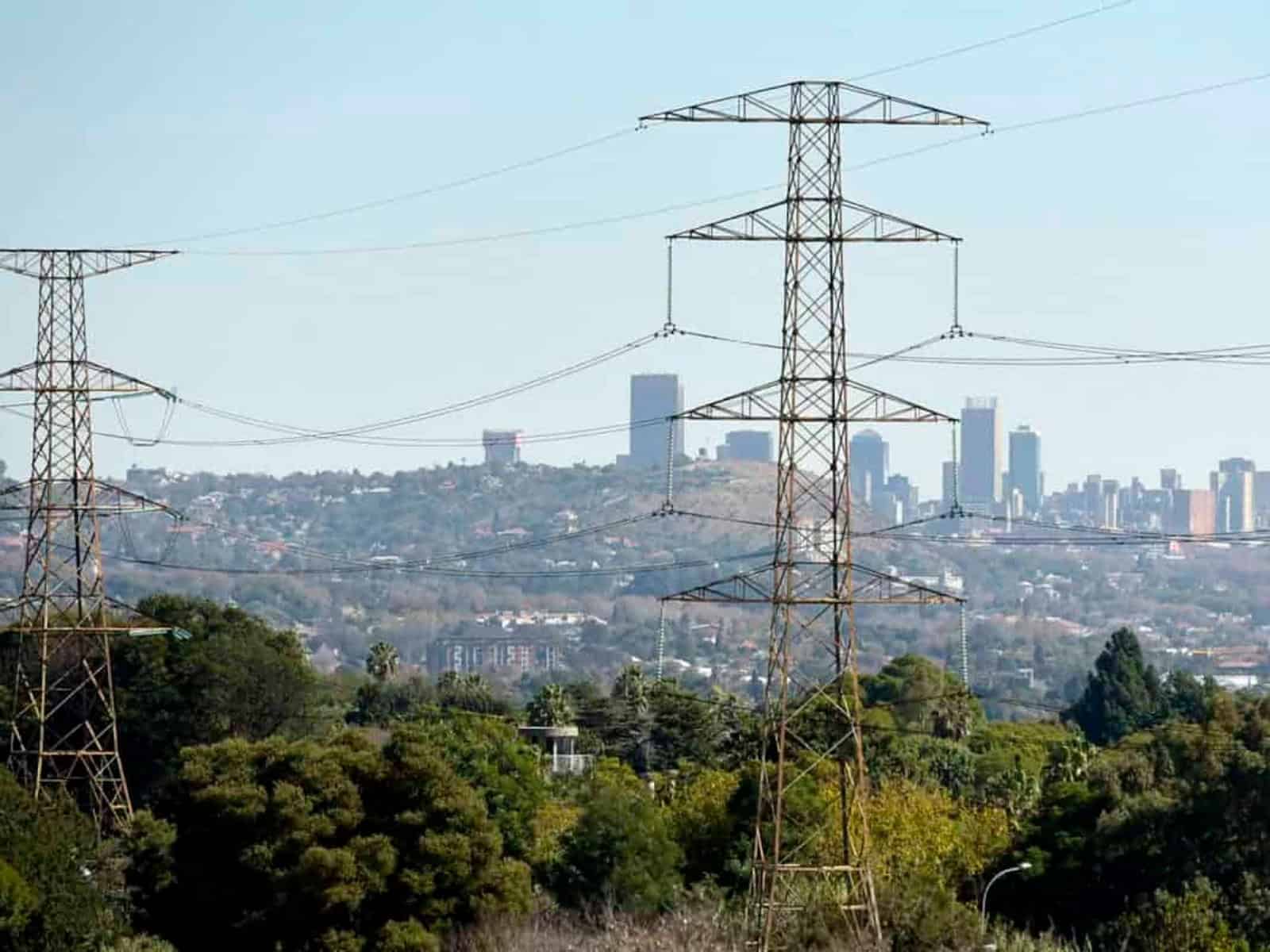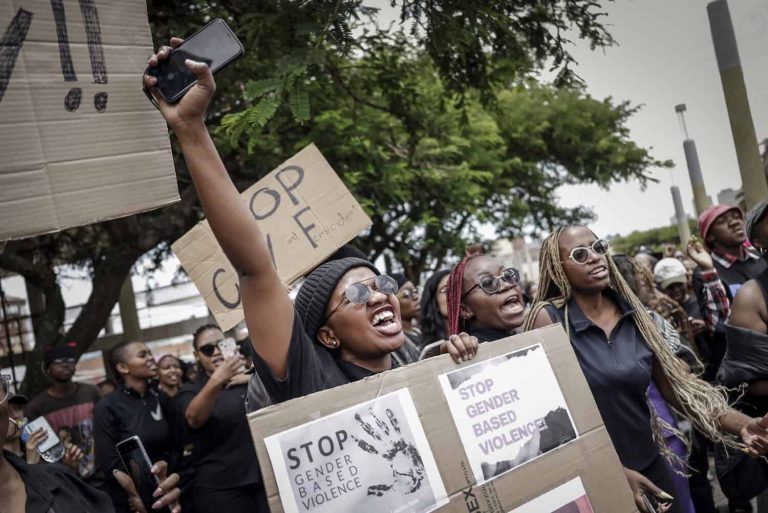
A new recovery plan has been approved to halt the ballooning debt municipalities owe to Eskom.
Municipal debt owed to Eskom increased by R100 billion in the last 10 years, and more than tripled since 2021.
Eskom, the Department of Cooperative Governance and Traditional Affairs (Cogta) and the South Africa Local Government Association (Salga) held a joint briefing on Friday to update the portfolio committee on electricity and energy on the recovery plan.
R70 billion debt increase since 2021
The Distribution Agency Agreement (DAA) combines with current debt relief programmes to deal with the escalating debt.
Eskom was owed R5 billion in 2015 and reported on Friday that that figure had risen to R105 billion by September this year.
The debt levels increased sharply in the last four years, with municipalities owing R35.3 billion in 2021.
Minister of Energy and Electricity Kgosientsho Ramakgopa attended the virtual briefing and stressed that failing to address the escalating debt would threaten municipalities’ liquidity and functionality.
“If this question is not addressed, it will endanger municipalities, and they will not be able to discharge their constitutional obligations,” said Ramakgopa.
71 municipalities under debt relief
The DAA focuses on credit management, legal interventions and limits service provisions, as well as capacity support for municipalities and other government administrative interventions.
Eskom stated that 71 municipalities are on the National Treasury’s debt relief programme, but only 11 are meeting their payment obligations.
For those who do comply with reforms, a potential scrapping of their debt is possible.
“DAA to be integrated into the debt relief programme, with targeted write-offs of up to R62.6 billion for compliant municipalities,” stated Eskom’s presentation.
Ramakgopa and Eskom hope the DAA will strengthen service delivery, improve financial discipline, enhance institutional capacity and align with strategic priorities.
Reforms contained in Cogta’s presentation focused on ringfencing funds, technology upgrades, data-driven solutions and a separation of grid and retail services.
Additionally, Cogta have mandated the professionalisation of utility service operations and government-supported capacity building.
R100 billion infrastructure backlogs
The entities all agree that it was necessary to identify the root causes of the problems that were plaguing municipalities.
Salga stated that there was a R100 billion infrastructure and maintenance backlogs and a 20% vacancy rate for positions that require specialised technical skills.
This led to a decline in business sustainability, deteriorating infrastructure, poor asset management, and rising operating costs, all compounded by financial and revenue management issues.
In terms of human resources, Salga said a skills gap was caused by retirements, migration of skilled workers overseas, an insufficient pipeline of graduates and an inability to attract and retain skilled professionals.
Calculating the tariffs, too, has been skewed as the National Energy Regulator of South Africa (Nersa) had been hampered in the past.
“Nersa requires municipalities to undertake Cost of Supply (CoS) studies to justify tariff applications and move toward more transparent, defensible pricing frameworks.
“Many municipalities struggle to complete or update CoS studies due to limited technical capacity, outdated data, weak financial systems, and the complexity of electricity distribution environments,” stated Salga’s presentation.
‘An immediate crisis’
Salga stated it has been actively supporting municipalities in complying with CoS requirements and improving tariff modelling capacity, but that two-thirds of municipalities’ electricity businesses are unsustainable.
Ramakgopa said they were working with municipalities to sharpen their planning skills, but stressed the reforms would not strip municipalities of their constitutional rights
“What we are doing here is resolving an underlying problem. We have an immediate crisis. You don’t resolve an immediate crisis just by coming with a policy paper.
“The point is that you leave a municipality that is technically capable, is able to collect, has got the ability to do the planning and to ensure there is sustained electricity going forward,”
The minister added that there were future interventions regarding distribution and reticulation, but that the immediate priority was resolving structural problems.
“Fix the problem of non-collection, payment, failing infrastructure and then much later we can have a conversation around how we can address the system of government,” Ramakgopa concluded.
NOW READ: Johannesburg municipality threatens service disconnections during festive season



